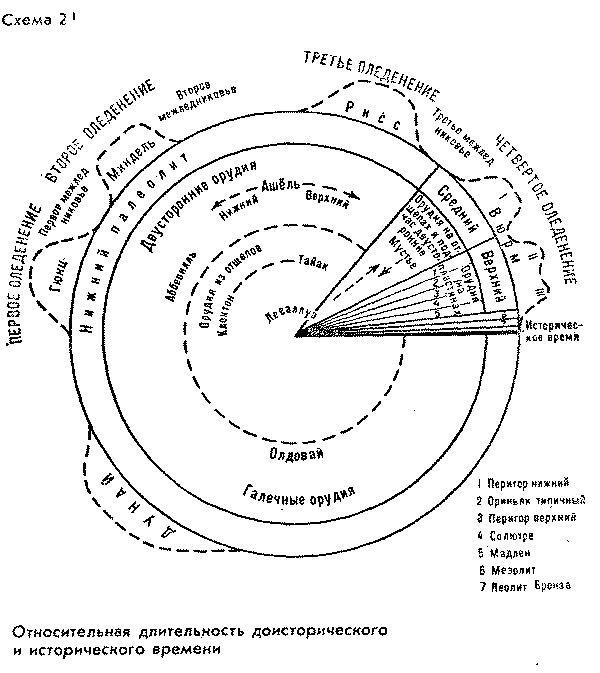

Sadržaj • Reakcija • Kinematika • Koncentracija • Ravnoteža Description Explore what makes a reaction happen by colliding atoms and molecules.  Design experiments with different reactions, concentrations, and temperatures. When are reactions reversible? What affects the rate of a reaction?
Design experiments with different reactions, concentrations, and temperatures. When are reactions reversible? What affects the rate of a reaction?
Primjeri obrazovnih ciljeva • Explain why and how a pinball shooter can be used to help understand ideas about reactions. • Describe on a microscopic level what contributes to a successful reaction (with illustrations). 
• Describe how the reaction coordinate can be used to predict whether a reaction will proceed or slow. • Use the potential energy diagram to determine: The activation energy for the forward and reverse reactions; The difference in energy between reactants and products; The relative potential energies of the molecules at different positions on a reaction coordinate.
Explore what makes a reaction happen by colliding atoms and molecules. Design experiments with different reactions, concentrations, and temperatures. When are reactions reversible? What affects the rate of a reaction? LG Display: 80'+ 8K OLED TVs in 2019, rollable OLED in 2020. 01 Nov 2017 Rasmus Larsen LG Display will in 2019 introduce an 80”+ 8K OLED TV panel and in 2020 introduce smaller OLED TV panels in the 40-49” segment. The company also expects to debut rollable OLED in 2020, according to CNET.
• Draw a potential energy diagram from the energies of reactants and products and activation energy. • Sketch how the number of reactants and products will change as a reaction proceeds. • Explain how they know that a system has reached equilibrium from a graph of number of reactants and products versus time.
• Predict how raising or lowering the temperature will affect a system in the equilibrium position. • Describe the relative sizes of the forward and reverse rates at equilibrium. • Explain what effects whether the equilibrium position favors the products or the reactants. • Predict how addition of a reactant or product will affect the forward and reverse reaction rates, and once this new system reaches equilibrium how the reactant and product concentrations will compare to the original system at equilibrium. • Compare graphs of concentration vs. Time to determine which represents the fastest or slowest rate.
- Author: admin
- Category: Category

Sadržaj • Reakcija • Kinematika • Koncentracija • Ravnoteža Description Explore what makes a reaction happen by colliding atoms and molecules.  Design experiments with different reactions, concentrations, and temperatures. When are reactions reversible? What affects the rate of a reaction?
Design experiments with different reactions, concentrations, and temperatures. When are reactions reversible? What affects the rate of a reaction?
Primjeri obrazovnih ciljeva • Explain why and how a pinball shooter can be used to help understand ideas about reactions. • Describe on a microscopic level what contributes to a successful reaction (with illustrations). 
• Describe how the reaction coordinate can be used to predict whether a reaction will proceed or slow. • Use the potential energy diagram to determine: The activation energy for the forward and reverse reactions; The difference in energy between reactants and products; The relative potential energies of the molecules at different positions on a reaction coordinate.
Explore what makes a reaction happen by colliding atoms and molecules. Design experiments with different reactions, concentrations, and temperatures. When are reactions reversible? What affects the rate of a reaction? LG Display: 80'+ 8K OLED TVs in 2019, rollable OLED in 2020. 01 Nov 2017 Rasmus Larsen LG Display will in 2019 introduce an 80”+ 8K OLED TV panel and in 2020 introduce smaller OLED TV panels in the 40-49” segment. The company also expects to debut rollable OLED in 2020, according to CNET.
• Draw a potential energy diagram from the energies of reactants and products and activation energy. • Sketch how the number of reactants and products will change as a reaction proceeds. • Explain how they know that a system has reached equilibrium from a graph of number of reactants and products versus time.
• Predict how raising or lowering the temperature will affect a system in the equilibrium position. • Describe the relative sizes of the forward and reverse rates at equilibrium. • Explain what effects whether the equilibrium position favors the products or the reactants. • Predict how addition of a reactant or product will affect the forward and reverse reaction rates, and once this new system reaches equilibrium how the reactant and product concentrations will compare to the original system at equilibrium. • Compare graphs of concentration vs. Time to determine which represents the fastest or slowest rate.